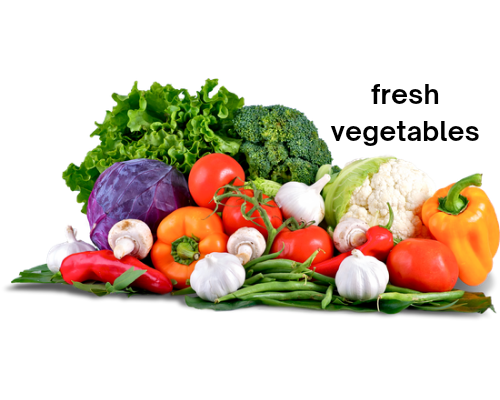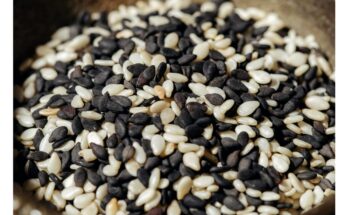Vegetables provide some vitamins A and C, minerals and fibre in our dietary. They provide a variety of textures and colours, which improves the acceptability and intake of the staple foods.
The losses in vegetable preparation may be quantitative as well as qualitative. Quantitative losses occur when edible parts of vegetables, are discarded. For example when leafy vegtables such as colocasia are used, the stems which are delicious, may be discarded, due to ignorance of their possible use. Similarly soft stems of fenugreek (methi), amaranth and other leafy vegetable may be discarded. Thus the vegetable eaten may be only half of the quantity purchased. Qualitative losses include losses of soluble nutrients. As we know ascorbic acid or vitamin C and thiamin are two water-soluble vitamins, which may be affected by cooking. If vegetables are cut and then washed, some loss of these vitamins and other soluble components may occur from the cut surfaces of vegetables. When the vegetables are cooked in water and the water is discarded the dissolved nutrients may be lost. Such loss may amount to about five to ten per cent. About twenty per cent thiamın is destroyed in normal cooking. If the food is reheated, it leads to additional loss of thiamin.
Vitamin C is the most labile vitamin. The average cooking losses range from 25 to 35 per cent. Therefore, preparation procedures that minimise losses of vitamin C result in conserving all other nutrients.
Please follow the following guidelines to minimise losses of nutrients and flavour during preparation:
- Wash vegetables before cutting.
- Use some raw vegetables to add colour, texture and to retain nutrients.
- Vegetables and salads should be prepared just before serving.
- Use of acid foods such as lime juice, vinegar or curd (as dressings in salads) prevents loss of vitamin C, because it is stable in acid medium.
- Cut vegetables just before cooking and introduce into the heated oil used for seasoning and cook until just done.
- Use a vegetable peeler to remove skin as it helps to remove a very thin layer of skin.
- Cut vegetable just before cooking and introduce into boiling water, if it is to be cooked in water.
- Use just enough water for cooking, if the vegetables or other foods are to be served as such.
- Cook foods until just done and serve immediately.
- Cook roots and tubers, whole with skin, to retain flavour, and nutrients. For example potatoes, sweet potato, beet root, colocasia.
- After the first couple of minutes of cooking to permit volatile plant acids to escape, cook vegetables covered on a low flame to reduce losses of nutrients.
- Avoid the use of soda in vegetables, as it increases the loss of vitamin C and B-complex vitamins-thiamin and riboflavin.
- When preparing soups, the slowest cooking ingredient should be cooked first, followed by the addition of other ingredients, which cook in a shorter time. For example, meat needs longer time and hence can be cooked half-way before adding vegetables, which need much less time. This procedure helps to avoid overcooking of the vegetables.
- Spices and other flavour ingredients should be added in the oil used for seasoning, as the flavour compounds which are soluble in fat, are thus easily dispersed in the preparation with the oil or fat.




